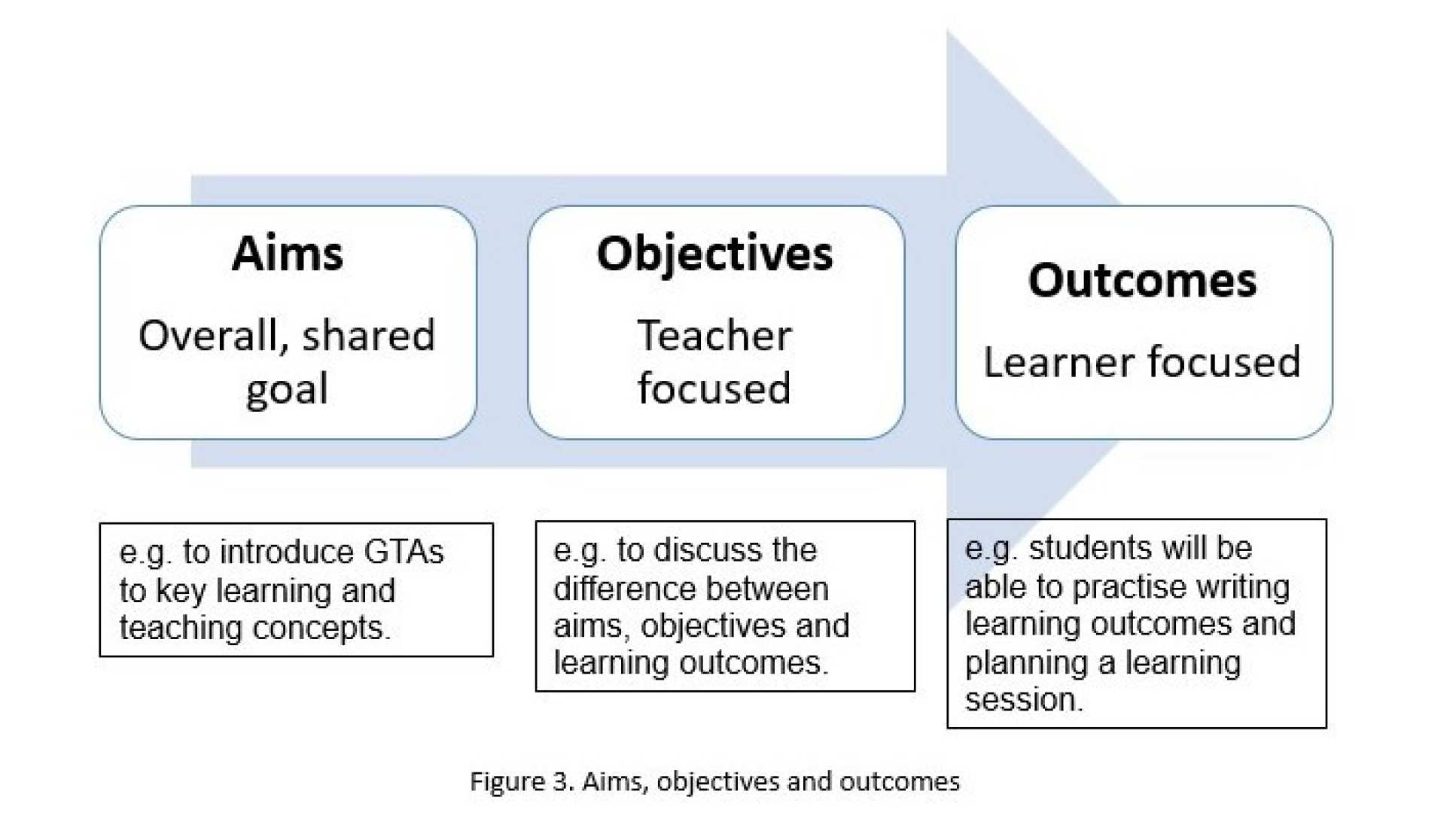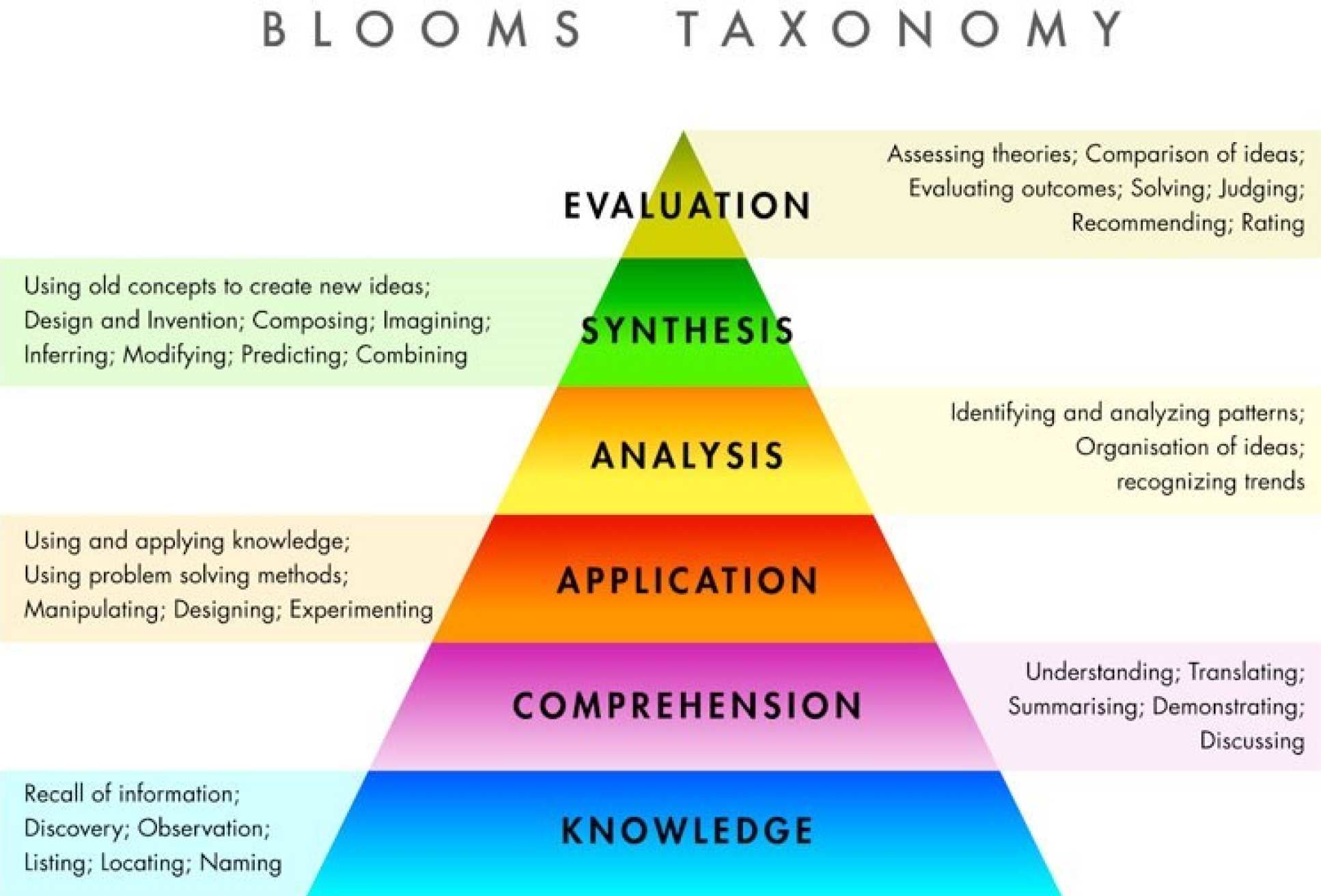Learning and teaching
As a relatively new teacher in Higher Education, you may be focused on gaining practical skills to help you in your first experiences of teaching and supporting learning. If you are planning to apply for Associate Fellowship, there is no requirement to refer to theories and scholarly literature on teaching and learning. However, as you progress in your career, you will want to ensure that your teaching methods are aligned with the latest research and theoretical understandings of learning and teaching. As an introduction, here is a brief overview of some of the key theories of learning:
Learning & Teaching
Experiential learning
A useful starting point at the beginning of your teaching is to think about your own experiences of learning. Think about something you can do very well, such as drive a car, ride a bicycle, play a sport or a musical instrument. How did you accomplish this particular skill?
You will probably find that your learning process fits broadly into the categories outlined in Kolb’s (1984) experiential learning cycle. Perhaps when you learned to ride a bicycle, you practised and gained experience, then you reflected on this experience, thinking about what went wrong, asking questions about why you fell off and planning how you can avoid making this mistake again in other situations. This cycle is one potentially useful way of thinking about learning. Think about your research, for example. Do you go round this cycle when carrying out your research, when reflecting on the results, when drawing conclusions and making alterations, and when planning for the next stages of your research?
One element that is missing in Kolb’s model is motivation. If you think of your own experience of learning, you are likely to have found it easier to learn when you have been motivated to do so. Phil Race used Kolb’s experiential learning model as the basis for his cyclic model, building in the concept of motivation (see Figure 2). It is easy to see how Race’s terminology maps onto the terms used by Kolb, but with the important addition of motivation in the form of wanting to learn.

Constructivism
Another way of understanding learning is the process of going round a cycle, like in the experiential view of learning, and building on this experience as you go. This is a constructivist view of learning, which involves constructing new knowledge based on the learner’s existing knowledge and previous experiences. This is an active process, where the learner is engaged in creating new knowledge based on a learning experience or input from a teacher. A common misunderstanding about constructivism is that the teacher does not tell the learner anything; that the learner should find everything out for her/himself. However, this is not the case. At the heart of constructivism is that the learner interprets, synthesises and constructs knowledge based on some form of input. This explains why there could be two students listening to the same lecture, but both students learn something different. Their previous experiences might lead to each student drawing slightly (or significantly) different conclusions from this ‘same’ learning experience. As we all have different knowledge bases, we may need different amounts of scaffolding – support to help us learn particular concepts (see Wood, Bruner & Ross 1976). In this way, learning can be considered to be an inherently active process, with the learner and the teacher engaged in a partnership to enable progression.
Active learning
There is growing evidence to suggest that we learn more when we actively engage in the learning process. This is in contrast to more traditional, one-way transmission views of learning, such as in a lecture where the teacher gives information and the students listen. Many definitions of active learning have surfaced over the years, but Freeman et al (2014) have collated ideas and conceptualisations about active learning from over 300 colleagues, with the following key aspects recurring in the definitions:
- activities that students do to construct knowledge and understanding;
- activities that encourage higher order thinking;
- activities that encompass metacognition – students thinking about their own learning and how they learn.
There are many activities that can be used to actively engage your students. When you are starting your teaching practice, you could try out some of these simple techniques to give your students time and space to think, reflect and engage:
- Pause – pause the class for two minutes every 15 minutes or so to give students an opportunity to rework their notes or to discuss their thoughts in pairs. Working in pairs allows students to ask questions and to check their understanding with a peer.
- Think-Pair-Share – pose a question and ask students to think/write about the question for a minute. Then ask students to discuss their thoughts in pairs, before asking pairs to share with the rest of the group, opening up a bigger discussion.
- One minute paper – pose a question and ask students to write a response for one minute. This could be a response to a particular question, or it could be a reflection on their learning of content previously discussed in class. Then discuss responses in the group and/or collect the responses to inform your future teaching.
These are just a few simple methods that you can use to engage your students. You can get more ideas and see some of these in practice by attending the following GTAP courses:
- Introduction to Learning and Teaching
- Introduction to Assessment and Feedback for Learning
- Facilitating Learning in Small Groups
Intended learning outcomes (ILOs)
In our teaching, our main focus should be on creating a student-centred learning environment, which considers how the students learn and how they can be engaged in active learning. Intended learning outcomes help us to focus on what students will be doing before, during and after our classes.
In practice as a GTA, you may not be involved in writing intended learning outcomes, but it is important to understand how these are formed and to be aware of what your students should be doing in order to demonstrate their learning.
In addition to learning outcomes, you may also have heard the terms aims and learning objectives. We will not focus on this here, but the differences between these terms are outlined in Figure 3.
 ILOs are active statements describing what learners will be expected to be able to do by the end of a session, a module or a programme. Look at these examples from the Introduction to Learning and Teaching course:
ILOs are active statements describing what learners will be expected to be able to do by the end of a session, a module or a programme. Look at these examples from the Introduction to Learning and Teaching course:
By the end of this course, you should be better able to:
- Define the GTA role in teaching and supporting learning at Imperial.
- Identify teaching techniques to promote active learning.
- Practise writing learning outcomes and planning a learning session.
- Develop strategies to deal with various learner behaviours.
A useful framework when formulating ILOs is Bloom’s Taxonomy, a classification framework of levels of learning (see Figure 4). When planning your students’ learning, it is important to consider the various levels of learning. For example, do you give students opportunities to move beyond demonstrating an understanding of concepts; to show that they are able to apply this knowledge; to analyse data using this knowledge; or to use this knowledge to evaluate findings?
In this video below, Kate Ippolito, Principal Teaching Fellow from the Educational Development Unit, explains how she uses ILOs to create a student-centred learning experience, and how she draws on Bloom’s Taxonomy to ensure that students have the opportunity to demonstrate a variety of levels of learning.

Figure 4: Bloom's Taxonomy
When formulating intended learning outcomes, it is important to ensure that the activities are well planned to enable students to make progress towards meeting the intended outcomes. It is also important that the assessments are designed to enable students to demonstrate achievement of the outcomes. This is a concept called constructive alignment.
You can learn more about learning outcomes and constructive alignment in the Introduction to Learning and Teaching and the Introduction to Assessment and Feedback for Learning courses.
Teaching scenarios
At the heart of teaching is the ability to communicate with and engage people. As a GTA, you will have some very positive experiences and interactions with your students. Nevertheless, before you start teaching, it is useful to reflect on some of the different types of learner behaviours that you might encounter. How would you respond in the situations below? You can post your responses on the GTA Slack community and also come and discuss these scenarios in the Introduction to Learning and Teaching course.
The Friendly Student
One of your students is a similar age to you and you get on well during class. The student invites you to meet up for a drink/lunch and would like to swap mobile numbers. How do you respond?
GTA Scenario 1 - The Friendly Student
The Rowdy Student
One of your students is rather lively and often disrupts the class by chatting to her/his neighbour. The student also uses her/his mobile phone in class. How do you handle this situation?
GTA Scenario 2 - The Rowdy Student
The Silent Student
You have a student in your seminar group who is very quiet and reluctant to engage in discussions and answer questions. Five weeks into the semester, the student offers a response to one of your questions, but the answer is incorrect. How do you handle this situation?
The Late Student
One of your students is consistently late to your class and often arrives 30 minutes after the session has started. Some of the other students have complained about the disruption caused when the late-comer arrives. How do you handle this situation?
The Know-it-all Student
You have a student in your class who appears to have good knowledge of the subject and is always very keen to answer questions before others in the class. On some occasions, this student has attempted to challenge your own knowledge in front of the class. How do you handle this situation?
Further reading
- Biggs, J & Tang, C (2011) Teaching for quality learning at university. Fourth Edition. Maidenhead: Open University Press.
- Freeman, S, Eddy, S.L, McDonough, M, Smith, M.K, Okoroafor, N, Jordt, H, and Wenderoth, M.P (2014). Active learning increases student performance in science, engineering, and mathematics. Proceedings of the National Academy of Sciences USA 111, 8410-8415.
- Kolb, D (1984) Experiential learning. New York: Prentice Hall.
- Race, P (1993) Never mind the teaching, feel the learning. Birmingham: Staff and Educational Development Association.
- Vygotsky, L. S. (1978). Mind in society: The development of higher psychological processes. Cambridge, MA: Harvard University Press.
- Wood, D, Bruner, J, & Ross, G (1976) The role of tutoring in problem solving. Journal of Child Psychology and Child Psychiatry, 17, 89−100.



